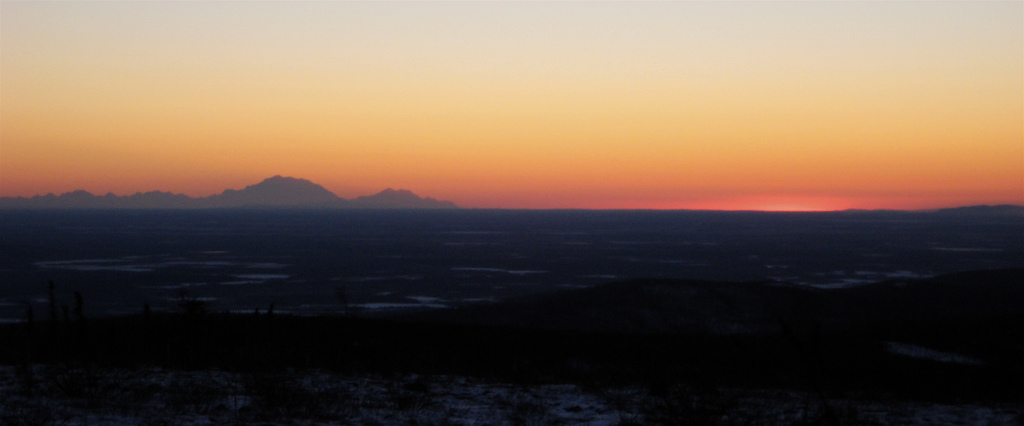In her chapbook of narrative poems, In Spite of Her, Karen explores the relationship between a middle-aged woman and a world that changes and moves on “in spite of her” (“In Spite of Her,” line 11). These poems become acts of mourning mixed with moments of acceptance of and resignation to those things we just can’t change, those losses we’ll never get back. Children grow up, leave an empty nest purled with memories and parental regrets; and no matter how much we want them not to, the seasons change. The world—and our mortality with it—continues its entropic cycle through space. As the title poem of the collection suggests, critical language hurled at us when young can shape our self-conceptions for a lifetime. And yet, hope also resides in these elegies: in spite—even because of—the critical words we may carry for a lifetime, we can master skills we once struggled at and become good people. A new generation of kin—whether blood-related or just neighbors looking for a more mature presence in their lives—can give us the chance to try again what we feel we failed at the first time around. We can find redemption from regret. And despite the inevitability of death, there is beauty here, witnessing that God is near, even if a bit “too near” at times for our own comfort.
I also really like what poet Carol Lynn Stevenson Grellas says of “Autumn Ambivalence”:
“This appears as a quiet, unassuming poem. The speaker has carefully created a visual ambiance of beauty with a selection of airy words that ballet about the page softly, in a poetic dance. We are given a dreamlike landscape which is lovely and calm, a tranquil scene, yet so vividly expressed, it feels tangible. What begins so gracefully on the page leads us lightly through pines and low branches as autumn removes its traces of summer and prepares us for the eventuality of winter. The word “autumn” feels specifically chosen: the perfect word as it can be seen as the speaker viewing life with seasons depicting the aging process or the transformation from one period of life to another. Winter closes in a little more with each stanza.”
(This post first appeared in Mormon Artist [scroll down])

